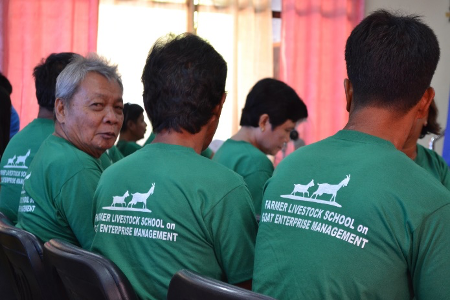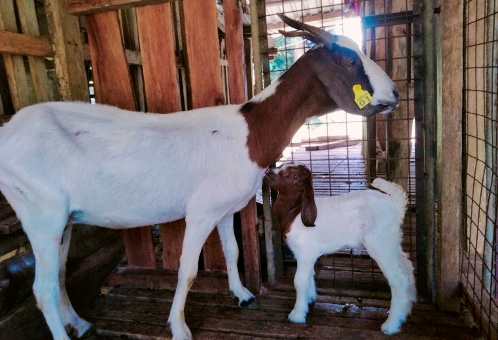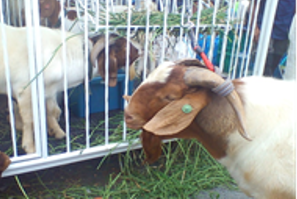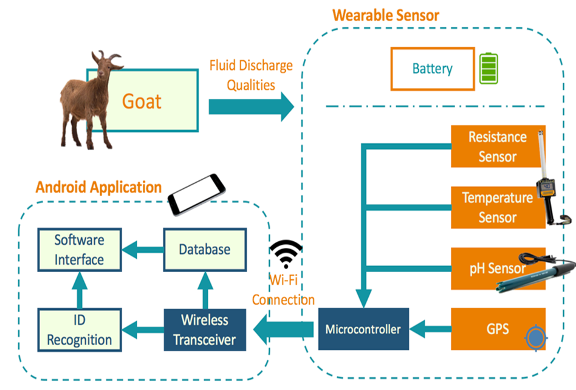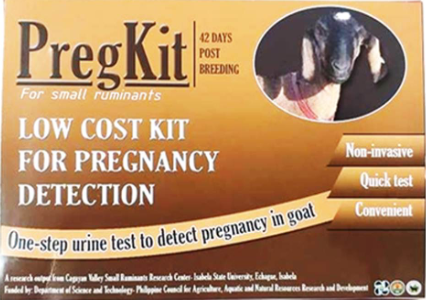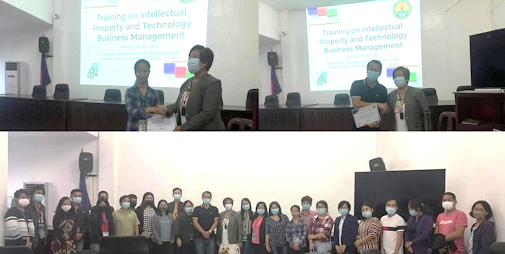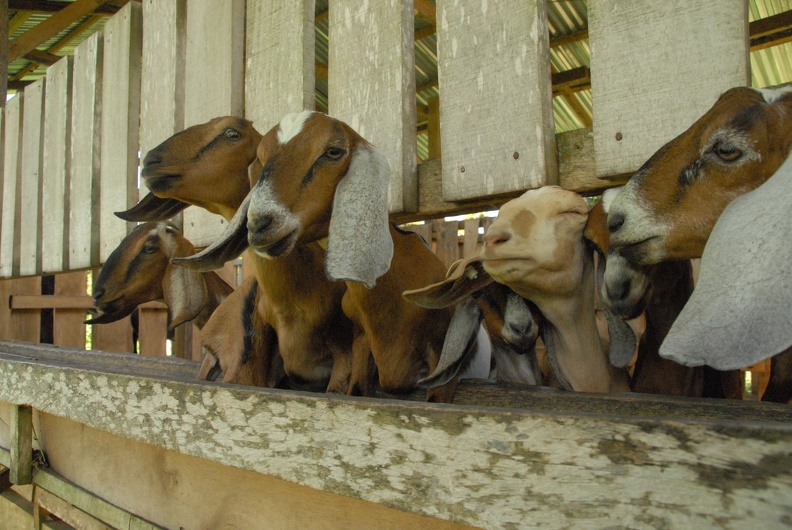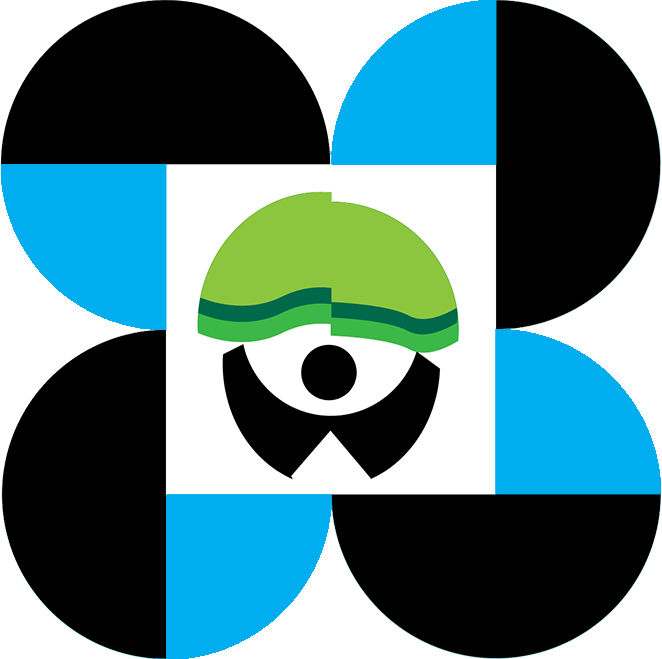Goat Industry Profile
The goat inventory in the Philippines reached 3.87 million in 2021, as reported by the Philippine Statistics Authority (PSA). Central Visayas is the top goat producer, comprising 13.7% of the total. This is followed by the Ilocos Region with 12.7%, and Central Luzon and Northern Mindanao with around 10% each. Characterized by a very small population base, the Philippine goat industry is dominated by backyard raisers which comprised 98.8% of the industry, and only over 50,000 goats are grown commercially. The breeding of goats can be done naturally or through artificial insemination (AI).
There is an increasing demand for goat meat, also known as chevon. Compared to beef, pork and chicken, chevon is healthier, as it has lower calories, cholesterol, and saturated fat. Following the Philippine National Standard (PNS), the goat carcass is divided into six large wholesale cuts such as shoulder, rib, loin, leg, breast, and shanks. Chevon can be sold as fresh or chilled. If chilled, it must be kept at 0 to 4 degrees Celsius (℃) to prevent bacterial growth.
Halal principles are also being incorporated in some of the goat production in the Philippines. For a goat to be considered as halal-compliant, the halal principles should be observed in the whole process of the production. Halal principles are based on religious foundations and technical aspects of cleanliness, hygiene, and good health. This includes guidelines on strategic grazing, housing system, health management, and slaughtering procedures.
Problems in the Industry
The Philippine slaughter goat industry is beset by low productivity, stemming from farmers’ weak capacity to implement changes especially in smallholder farms due to limited knowledge on improved management options and lack of access to quality breeder bucks. There are also needs to improve natural conception rate, kidding interval, preweaning mortality, and slaughter weight. For halal goat production, more support services such as PNS and promotion modalities should be made available.
Slaughter Goat Policies
ISP for Goat
The PCAARRD ISP aims to increase goat slaughter weight and conception rate through both natural means and AI. Also included in its target outcomes are the improved availability of breeding true-to-type local signature goats and of authentic halal-compliant goats, as well as feed and food products and goat-based enterprises.


